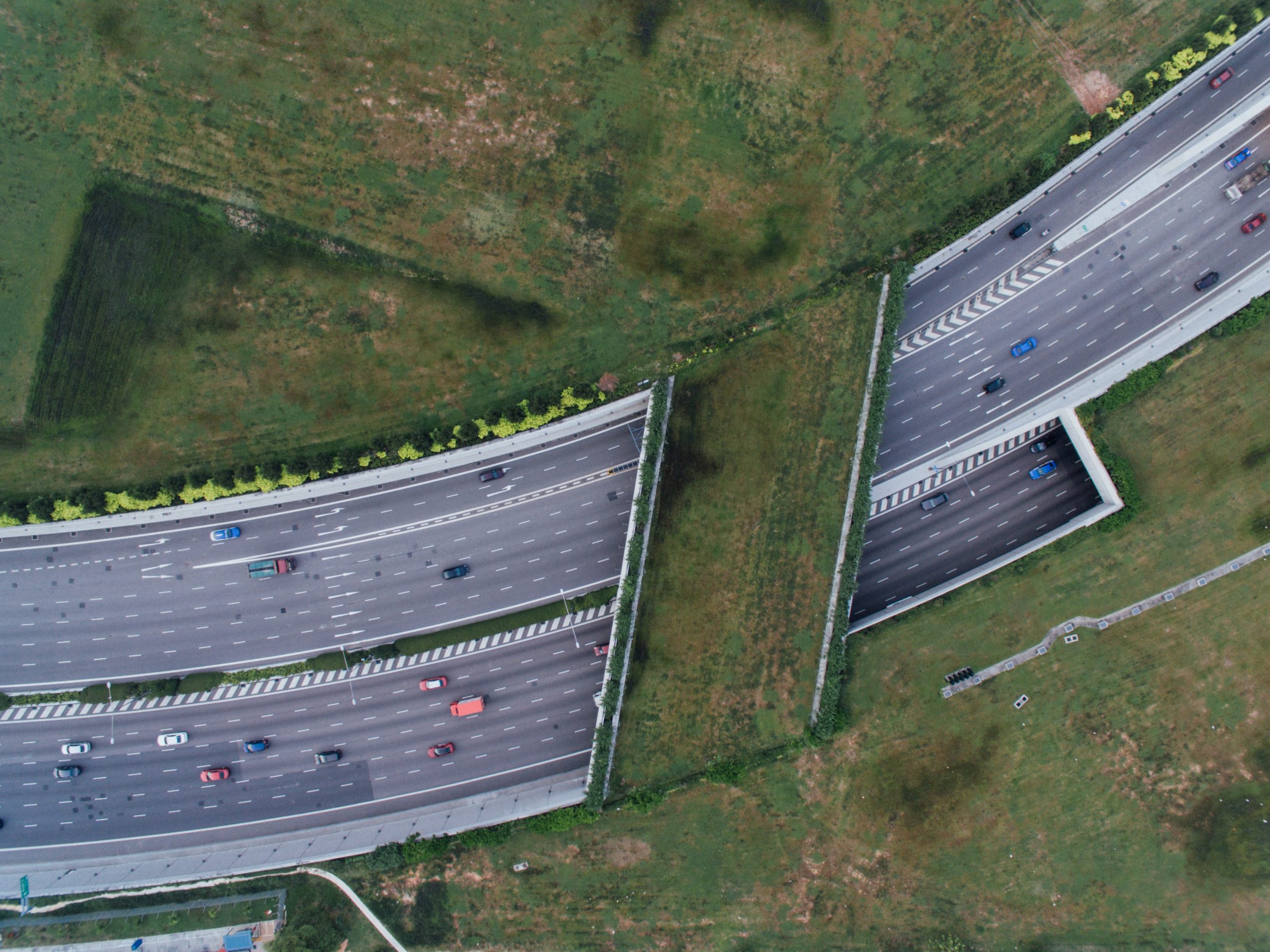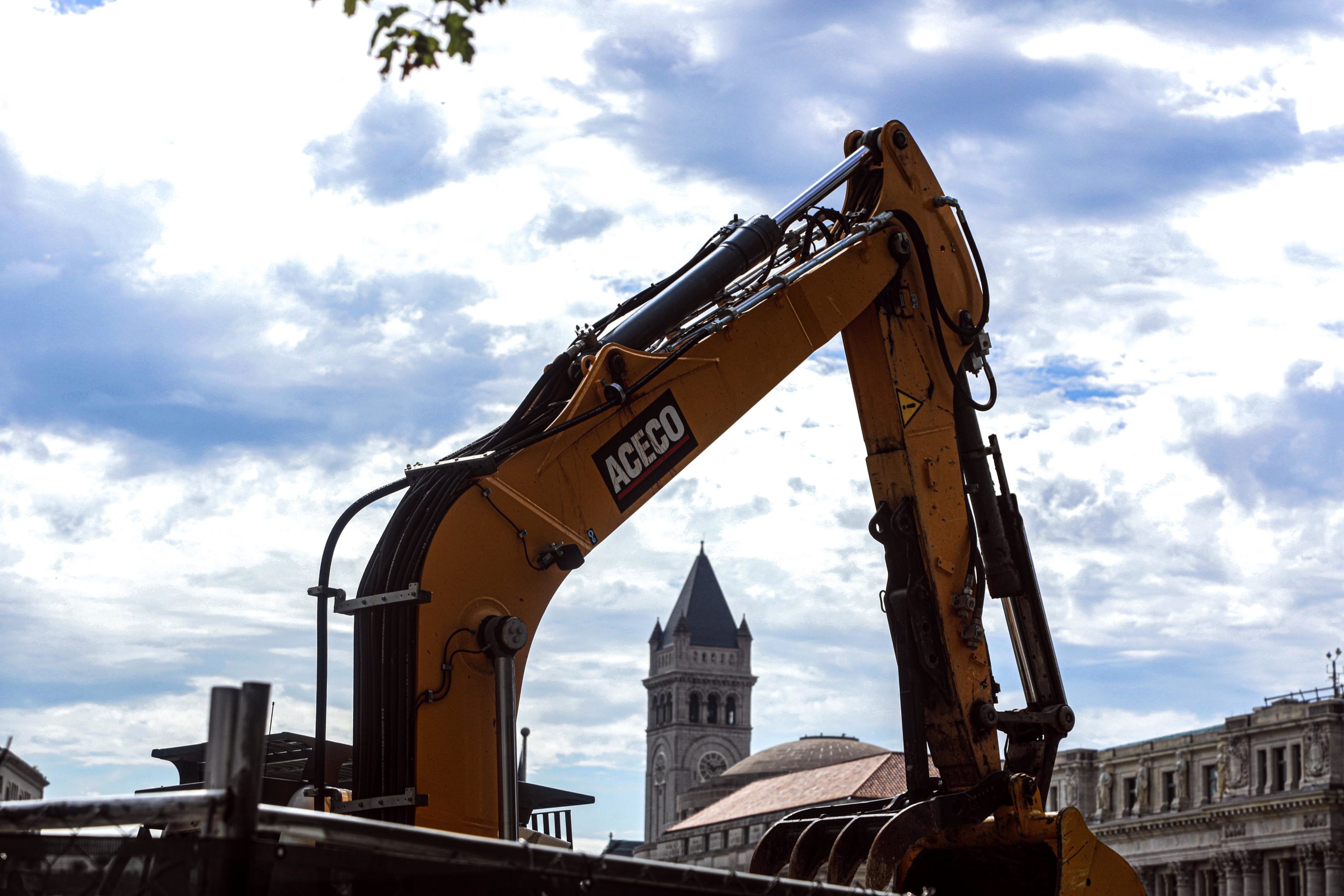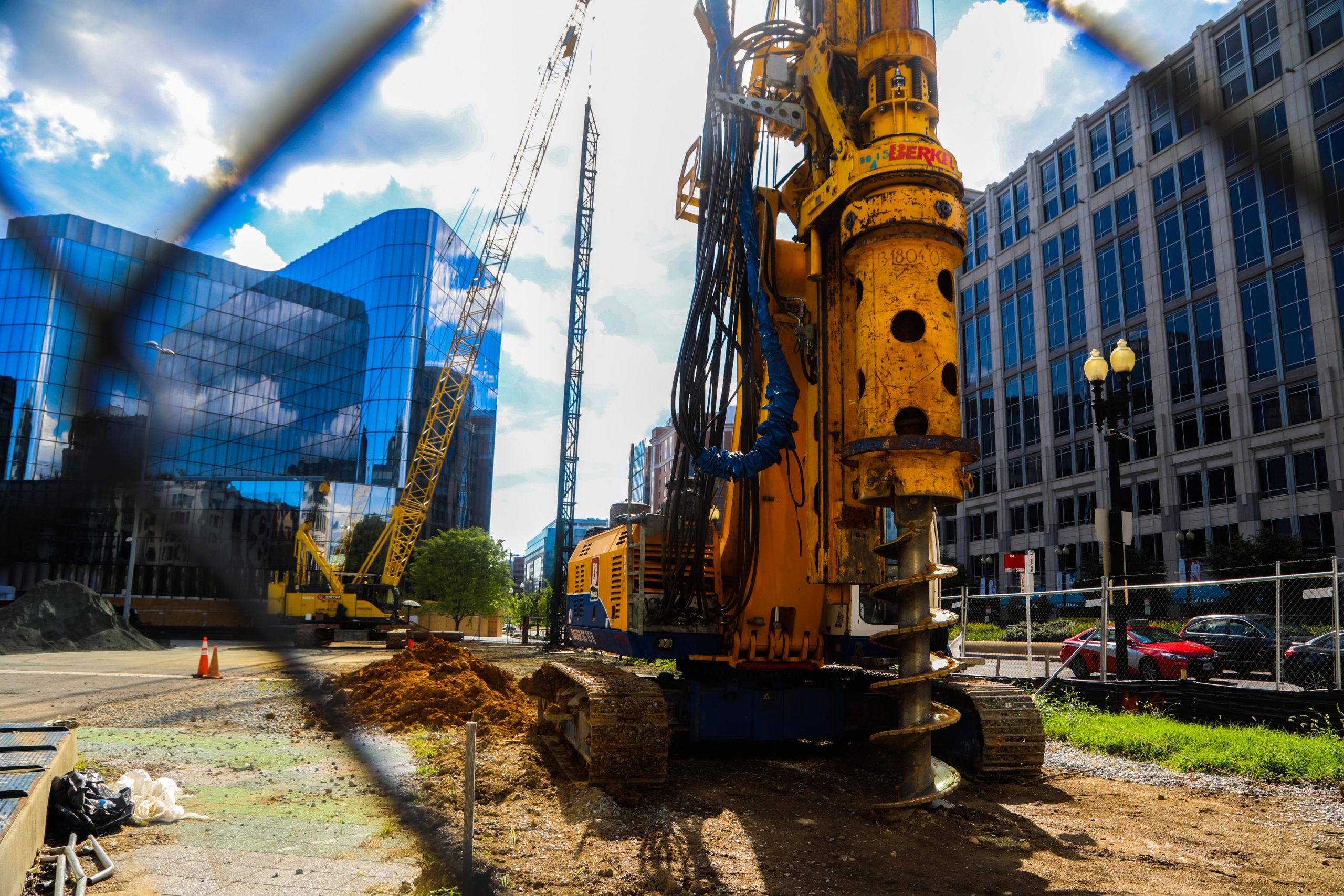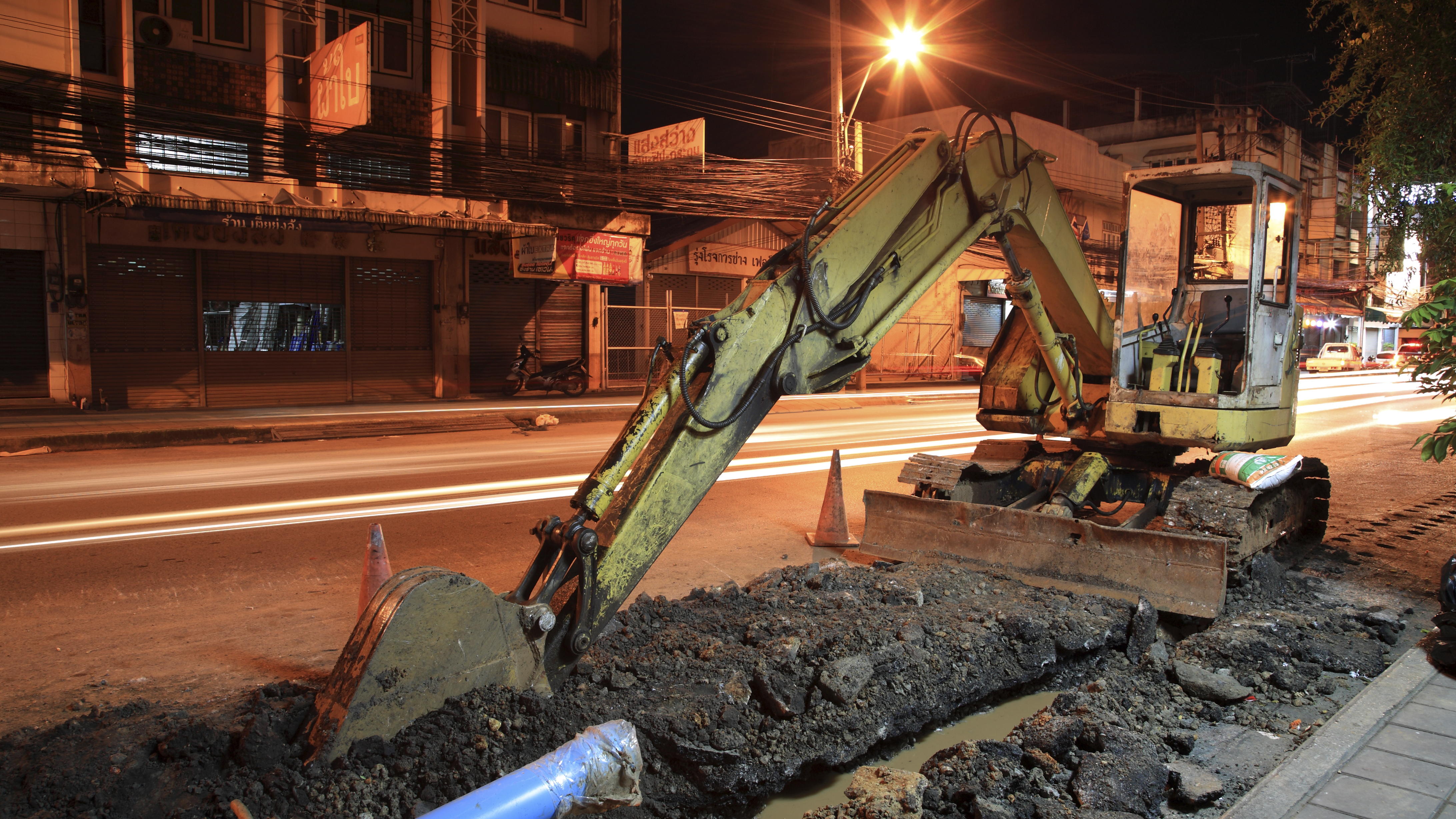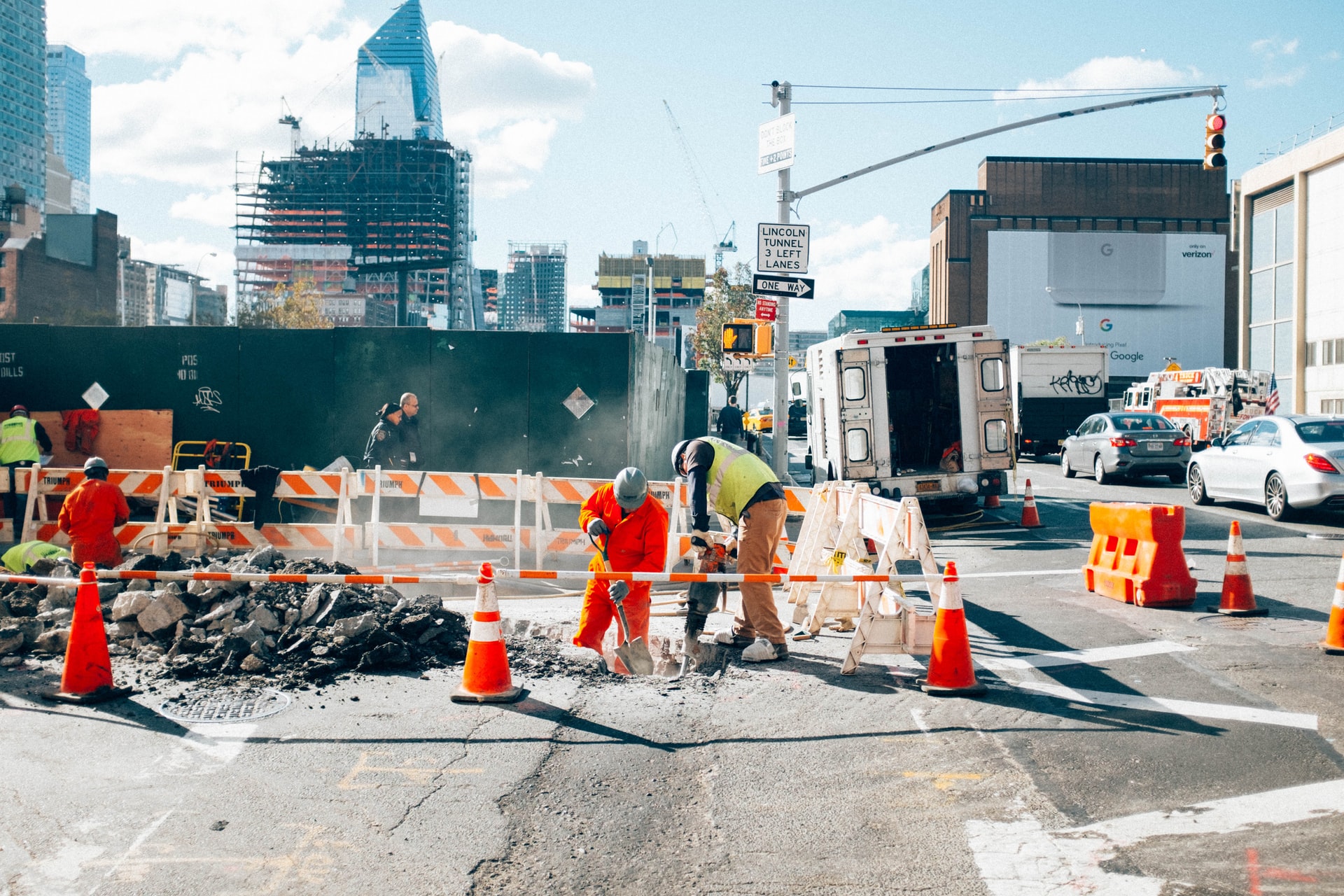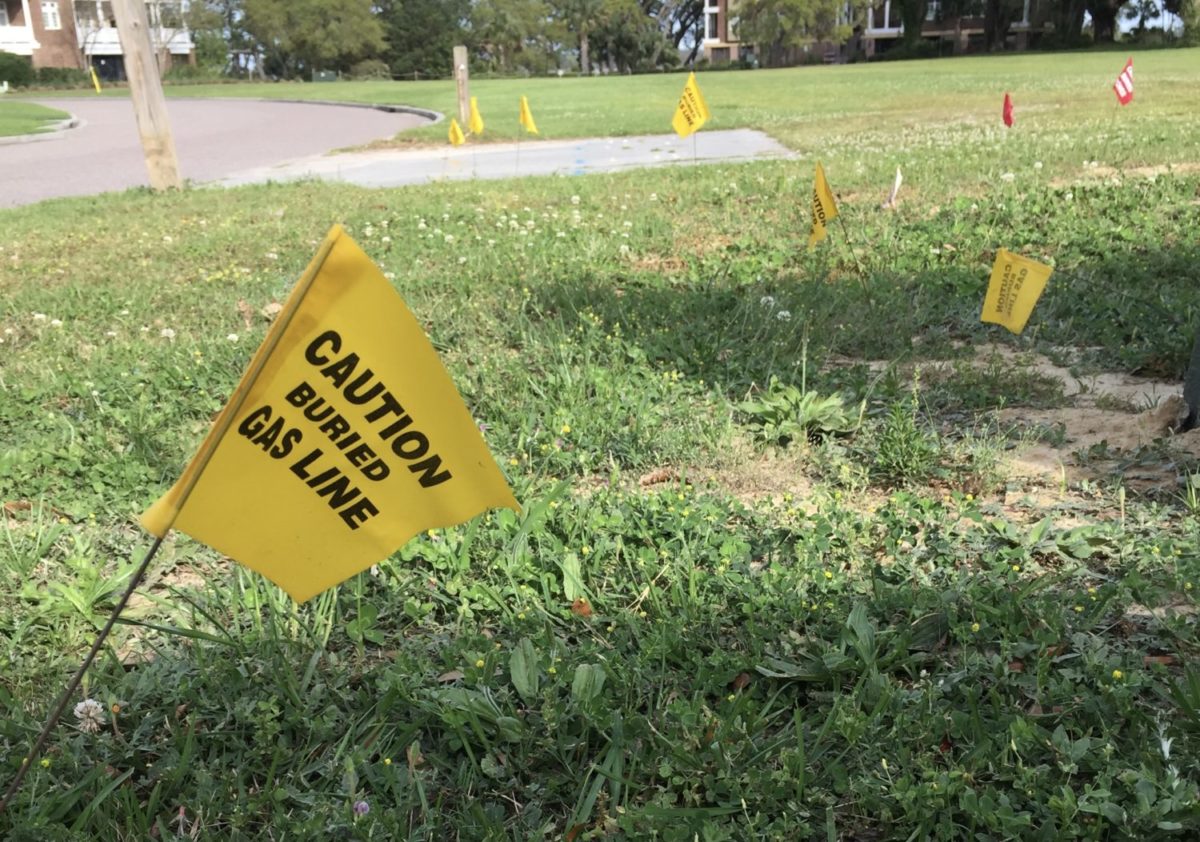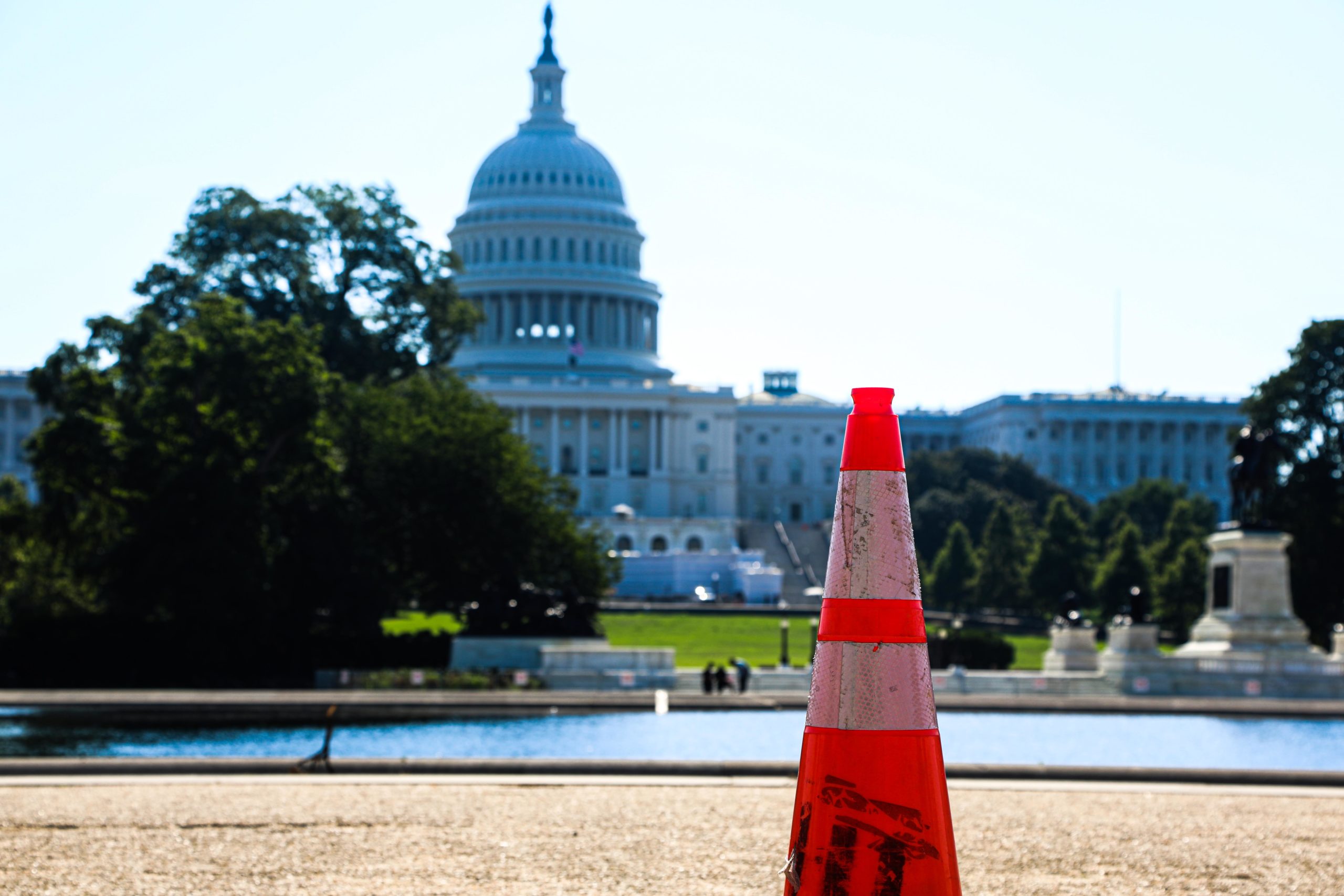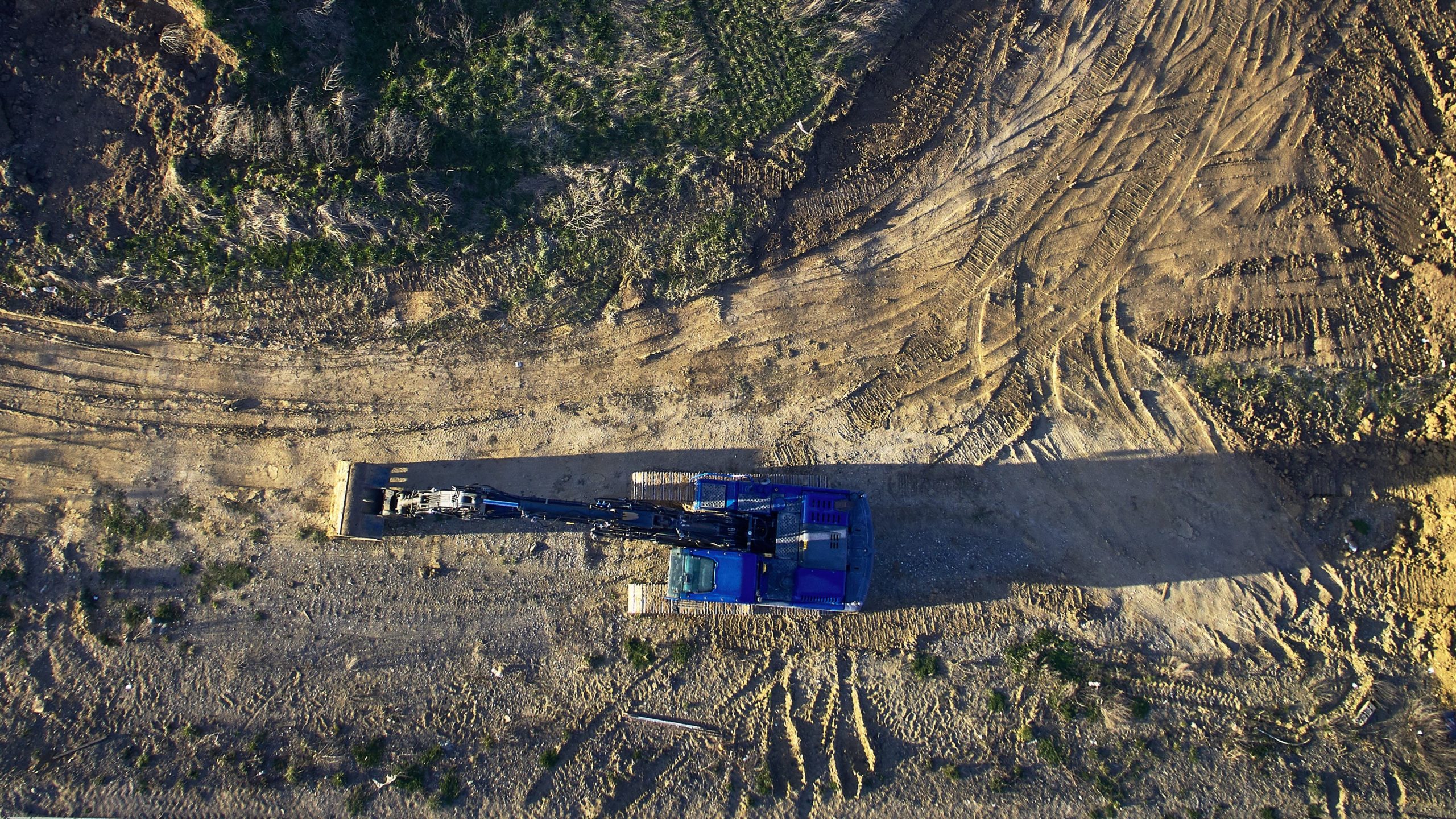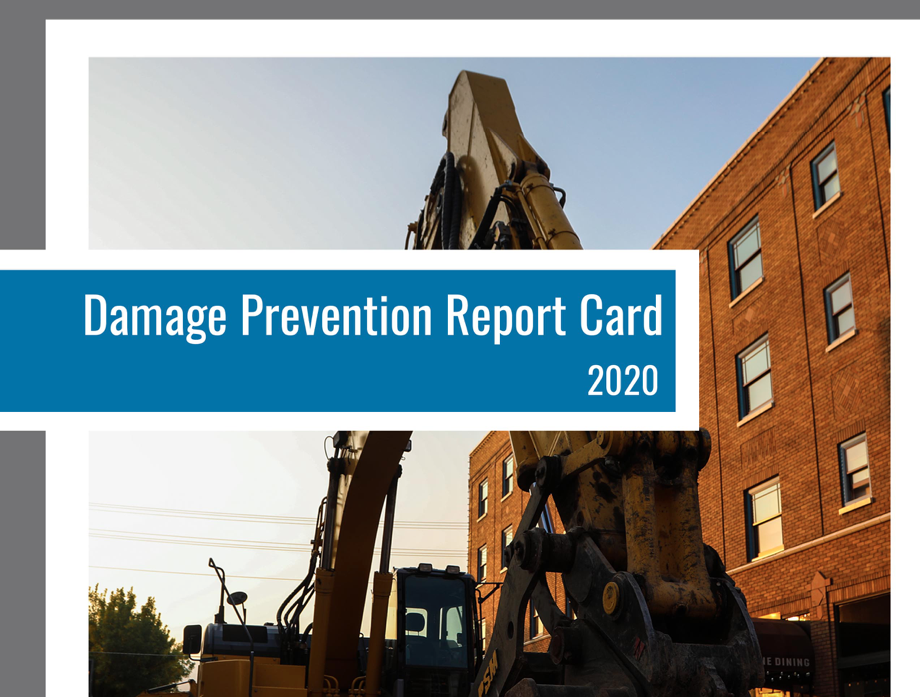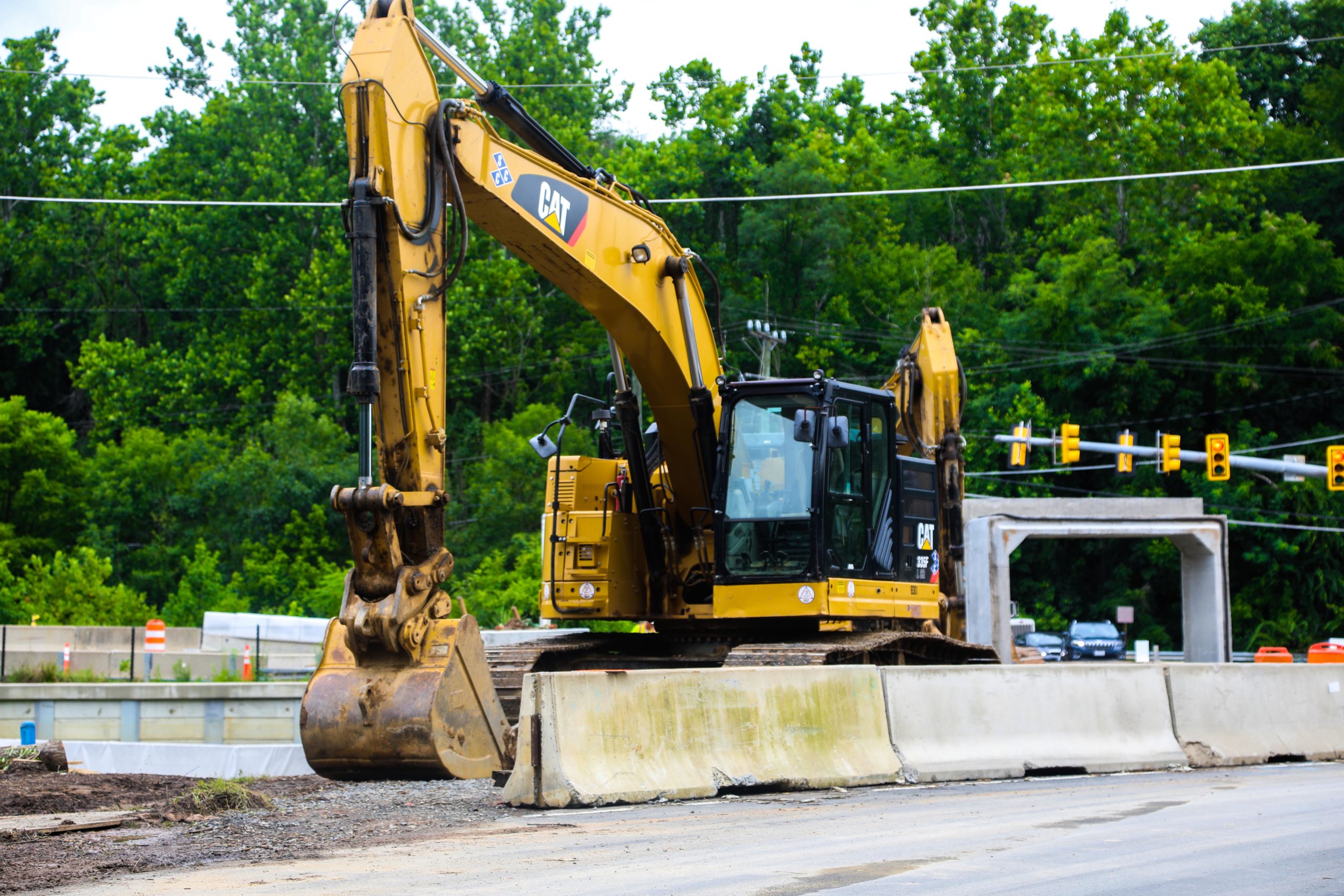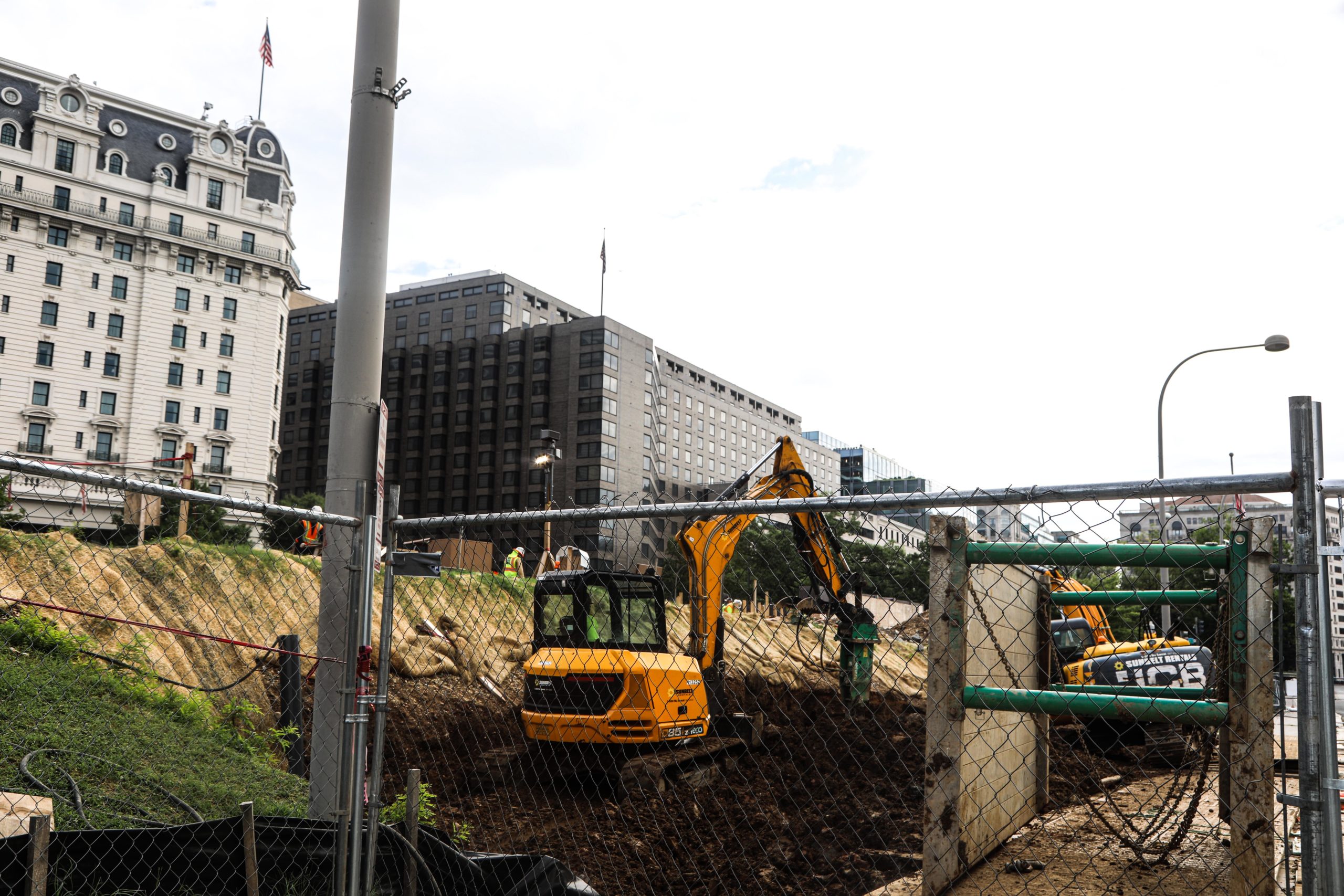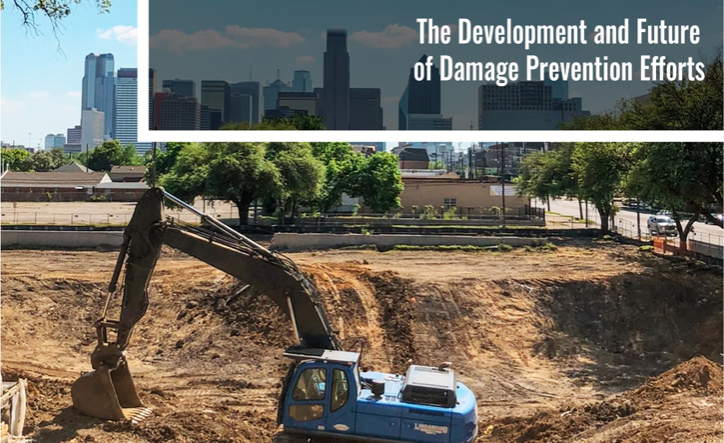Excavation damages to underground infrastructure – or more simply, digging projects that hit things like pipelines and internet cables – are on a five year […]
Read MorePost Tagged with: "damage prevention"
Why An Infrastructure Package Could Harm Critical Infrastructure
Seemingly the only area of public policy left unmarred by partisan politics is infrastructure. Both sides of the aisle agree that infrastructure maintenance, resilience, and […]
Read MoreNew Policy Brief Recommends Infrastructure Reforms Needed To Build Back Better
Protecting Physical Infrastructure Amidst A Cyber Attack
The recent Colonial pipeline cyber attack and ensuing disruption implicates excavation damage prevention. As industry stakeholders continue to strengthen their damage prevention systems, greater use […]
Read MoreDo You Know What’s Below? A look into Modern Roots March
The ground we walk on is covered with asphalt for roads, concrete for sidewalks, and is naturally decorated with grass, flowers, shrubs, and […]
Read MoreAre Pipelines Safe?
Modern Life Is Rooted in Infrastructure
When you see a tree, you know it has roots. When you pull weeds, you aim to get all of those roots spread across the […]
Read MorePipeline Safety Agency Reauthorized in Year-End Omnibus
With the year-end omnibus budget and coronavirus stimulus package, the federal government’s top pipeline safety agency was reauthorized. The down-to-the-wire omnibus deal included the reauthorization, […]
Read More447 Days Without A Pipeline Safety Reauthorization Bill
While the results of the election are still uncertain, one thing is all too clear: Congress has allowed the nation’s chief pipeline safety regulator to […]
Read MoreInnovation is Bringing Natural Gas into the Future
532,000 Excavation Damages Cost The US $30 Billion in 2019, What Are States Doing About It?
New Report Grades Each State’s Damage Prevention Laws
How Pizza Can Show Damage Prevention A Better Way Forward
Aii Asks: Do you think America should Rebuild Better starting now?
New Report Examines History and Trajectory of One-Call Centers and Damage Prevention Efforts
Washington D.C, District of Columbia – August 27, 2020 – The Alliance for Innovation and Infrastructure (Aii) today released a new report for industry leaders […]
Read More